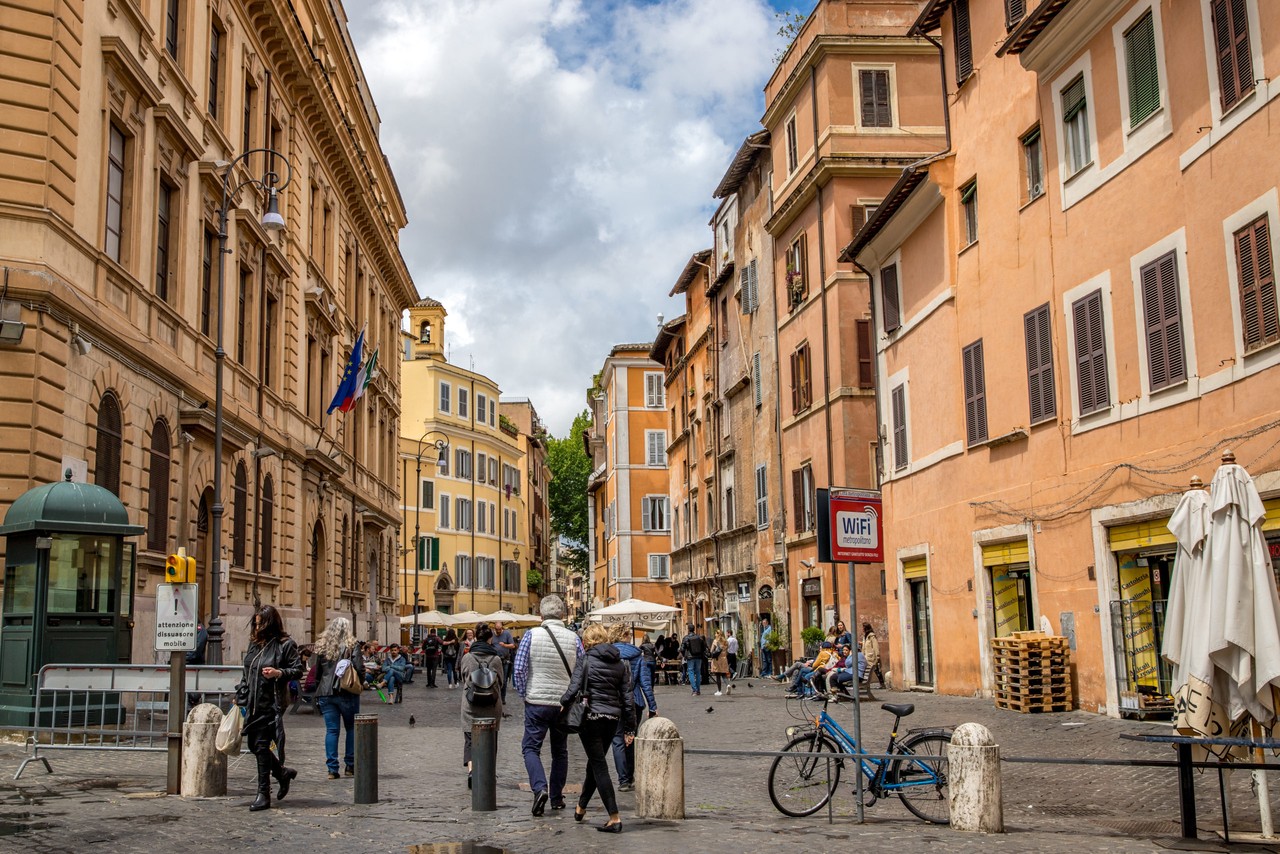Today, walking in the small streets of the Jewish Ghetto of Rome is an intriguing visit. It is not only the towering synagogue which fascinates the visitors but also the appearance of the ghetto itself, which represents an unicum in the city of Rome: as the enclosed space was limited, houses are considerably higher and are characterised by passages and small bridges. The Ghetto is also a place of memory. There are many testimonies of nazi-fascist persecution and one of its squares is named after the biggest round-up of the Jews in the history of Italy: 16 October 1943 square. The deportation of the Jews in 1943 could only be carried out in such a radical and rapid way because these ‘invisible’ Italians had already been isolated and identified due to the Italian racial laws. The round-up of the Rome Ghetto, done by the German Gestapo troops between 5:30 and 14:00 on Saturday, 16 October 1943, led to the immediate deportation to Auschwitz of 1023 Italian women, men and children that belonged to the Jewish community. Only 16 of them survived, of which 15 men and one woman. Walking in the streets of the Roman Ghetto, you can see the Stolpersteine of the German artist Gunter Demnig, an initiative to remember the European citizens deported in nazi extermination camps. On 4 June Rome was liberated by Allied forces. For many Jewish inhabitants of the city, this liberation came too late.
